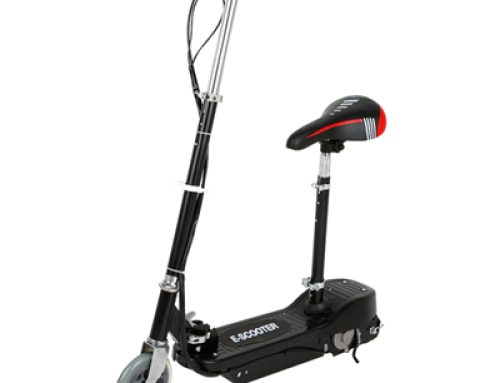Lithium ion battery is a kind of secondary battery. Lithium ion battery has high energy density and can be charged and discharged with large current. Moreover, it has many advantages such as no memory effect, low raw material cost, and environmental friendliness. Therefore, sales have increased rapidly year after year after its introduction. It will definitely become a winner in secondary batteries in the future.
Lithium-ion batteries have been around since the 1990s. It was first used in button batteries in electronic products, mobile phones, and DC digital products. Later it was also applied to electric bicycles.
However, the cost of lithium-ion batteries is relatively high, accounting for about half of the cost of electric vehicles. The cost is far greater than that of lead-acid batteries. Moreover, due to the high energy of lithium batteries and poor material stability, lithium batteries are prone to safety problems. With the development of technology, mature lithium-ion batteries will become the development trend of high-quality electric vehicles.
The working principle of lithium ion battery is:
When the battery is charged, the lithium in the positive electrode material is released. It passes through the separator and enters the negative electrode graphite; when the battery is discharged, the lithium ions are released from the negative electrode graphite. Pass through the separator and return to the positive electrode material. With the progress of charge and discharge, lithium ions are continuously inserted and extracted from the positive electrode and the negative electrode.







